Social media influencers are a valuable marketing tool for all kinds of business. But how do you know the person you’re hiring is actually an influencer?
Recently, we’ve seen a growing trend of ‘influencer fraud’, with charlatans tricking businesses into paying them to promote their products. The end result? Not much. They get your money and there’s little-to-no increase in leads, sales or awareness for your brand.
So, how can you spot these fake accounts and protect your business?
Fake influencers – the basics
On the face of it, fake influencers have many of the same attributes as real ones. They’ll have lots of followers on Instagram, Twitter or other platforms. On top of that, they’ll usually post high-quality images or content – and have done for some time – to create the illusion that they are in fact an influencer.
However, these followers won’t be real and the content is usually stolen or sourced from stock image sites. A study by Media Kix showed just how easy it was to buy followers and secure paid deals. They bought tens of thousands of Instagram followers in just two months and secured four paid deals on two accounts.
Of course, having your products or services promoted to an audience of bots and fake accounts doesn’t result in much engagement for your business. Fortunately, there are a few ways you can spot influencer fraud…
1. Followers vs engagement
If an account has half a million followers, you would expect quite a few likes and comments, right? While it is possible to purchase fake engagement, the less diligent fake influencers may leave themselves open in this respect.
Accounts with more than 25,000 followers typically have an engagement rate of 1-3%. So, for an account with 100,000 followers, you would expect around 1,000-3,000 likes on their post. As an example, clean queen and lifestyle guru Sophie Hinchcliffe or “Mrs Hinch” gets upwards of 100,000 likes on each post for her 2.6 million followers.
As an initial test, check a few posts from the influencer in question. If the numbers don’t add up, they’re probably fake.
2. Growth rate
Another way to catch out fake influencers is by looking at when their number of followers grew. The Creator Statistics Tool, you can see an overview of follower growth for any Instagram account. Take a look at the growth chart for England footballer Harry Kane, for instance…
While there is one unusual spike on 28th July (which might have something to do with it being his birthday!) his followers have increased steadily over time. If influencers have a number of unusual spikes – or even a falling number of followers – it’s best to steer clear if there’s no obvious reason.
3. Engagement quality
As mentioned, the most committed fake influencers may even buy fake engagement for their posts. With that in mind, it’s always best to check what kind of comments people are leaving on an influencer’s posts.
Costing just a few pounds each, these fake engagements are predictably basic. Expect comments like “great picture”, “cool post” or even just a few emojis.
Essentially, anything that’s completely generic and could be used on almost any post.
On the flipside, genuine comments will be relevant to the post’s content. Quite often, you’ll see people tagging their friends in the comments, and even the influencer interacting with their followers.
What’s important to note here is that bots may put these generic comments on posts in the hope of getting followed back. It might not be the fault of the influencer themselves. However, if the majority of comments are generic and fake-looking, you can be pretty sure you’re onto a case of influencer fraud.
Influencers you can trust
At Find Your Influencer, we take the hassle out of influencer marketing. Our influencers are assessed by real people – not just data points – to find the best performing thought-leaders on social media. You can rest assured you’re getting an influencer that has real influence – not a fake with an audience of bots.
Get started today by listing your campaign on our online job board.

